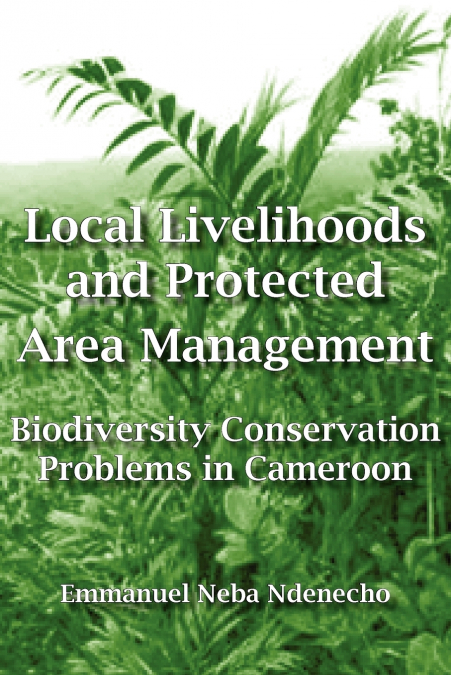
 Librería Perelló (Valencia)
Librería Perelló (Valencia)
 Librería Aciertas (Toledo)
Librería Aciertas (Toledo)
 Librería Elías (Asturias)
Librería Elías (Asturias)
 Donde los libros
Donde los libros
 El AlmaZen del Alquimista (Sevilla)
El AlmaZen del Alquimista (Sevilla)
 Librería Kolima (Madrid)
Librería Kolima (Madrid)
 Librería Proteo (Málaga)
Librería Proteo (Málaga)
Cameroon’s tropical forest is home to numerous plants and animals. It is also inhabited by Baka pygmies who are foragers and Bantu farmers. These communities have developed forest-dependent livelihoods, cultures and religions. Destruction of the forest by commercial and state interests, subsistence agriculture and the harvesting of products has necessitated a considerable upsurge in environmental protection projects to conserve and rehabilitate ecosystems, forests, soils and water resources. Ultimately, the approach to conservation that is applied is the responsibility of the government and international development agencies. The case studies documented seek to demonstrate that a broader perspective linking environmental protection and human welfare is important for two reasons. First, it addresses the rights and needs of local people and more marginal groups in society. Second, it also ensures that fundamental conservation objectives are achieved in practice with the participation of local people. The book develop guidelines for a more integrative and socially-aware approach to environmental planning and project design and implementation. It outlines a participatory mapping procedure for the design and implementation of community forest programmes. This is a valuable book for land resource managers, environmentalists, environmental biologists, conservators, field workers and technicians involved with environmental conservation. With the professionalisation of courses in most universities, the book will constitute good reading for students of geography, biology, agriculture, forestry, botany and natural resource management.